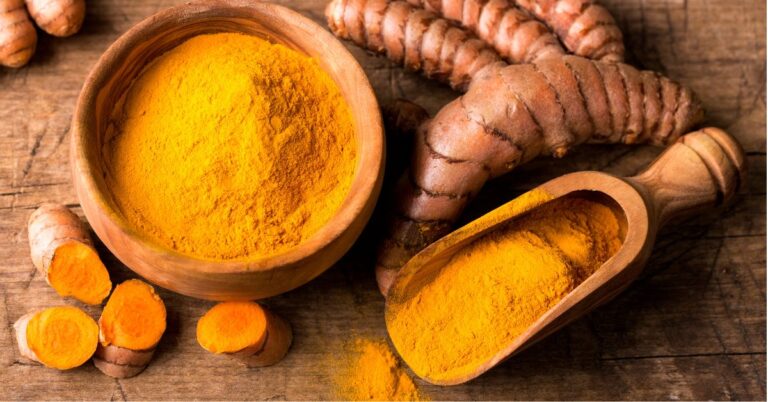Turmeric, the vibrant yellow spice that graces countless curries, boasts a history as rich and colorful as its hue. From its ancient medicinal roots in Asia to its modern exploration as a potential superfood, turmeric has captured the interest of cooks and health enthusiasts alike. Let’s delve deeper into this fascinating golden wonder.
A Journey Through Time: Turmeric’s Ancient Origins
Turmeric’s story stretches back millennia, with its roots likely originating in Southeast Asia. Evidence suggests its cultivation in India as early as 3,000 BC. In traditional Ayurvedic medicine, turmeric held a revered position, used for its purported medicinal properties to treat wounds, soothe inflammation, and aid digestion. Beyond its medicinal uses, turmeric also found its way into religious ceremonies and textile dyeing, adding a touch of brilliance to fabrics.
The Golden Hue of Commerce: The Spice Route and Beyond
The spice trade played a pivotal role in spreading turmeric’s fame throughout the world. As Arab and Indian traders embarked on their journeys along the spice route, turmeric became a sought-after commodity. By the Middle Ages, turmeric had reached Europe, where it was prized for its medicinal properties and vibrant color. Over time, turmeric became a staple spice across Asia, Africa, and Europe, adding a touch of sunshine and earthy flavor to countless dishes.
Modern Science Unveils Potential: Exploring Turmeric’s Health Benefits
While turmeric’s historical uses were steeped in tradition, modern science is now exploring the potential reasons behind its purported health benefits. The key player in this story is curcumin, a bright yellow compound found in turmeric that exhibits anti-inflammatory and antioxidant properties. Research suggests that curcumin may play a role in managing various conditions, including arthritis, digestive disorders, and even certain types of cancer. However, it’s important to note that much of this research is still ongoing, and more studies are needed to fully understand the extent of turmeric’s health benefits.
From Kitchen to Clinic: Culinary Uses and Modern Applications
Turmeric remains a popular culinary ingredient, lending its warmth and earthy flavor to curries, rice dishes, and even beverages like golden milk. Beyond its traditional uses, modern applications of turmeric are emerging. Supplements containing curcumin are gaining popularity, and some topical creams incorporate turmeric for its purported anti-inflammatory properties.
A Word of Caution: Responsible Consumption and Potential Side Effects
While turmeric is generally considered safe for most people in culinary amounts, consuming large doses through supplements may cause side effects like digestive upset. Additionally, turmeric can interact with certain medications, so it’s crucial to consult with a healthcare professional before incorporating high doses of turmeric into your regimen.
The Golden Future of Turmeric
Turmeric’s journey, from ancient medicinal use to modern scientific exploration, is far from over. As research continues to shed light on its potential health benefits, turmeric is poised to remain a relevant player in both culinary and wellness practices. Whether enjoyed in a flavorful curry or explored as a potential therapeutic agent, the golden spice promises to continue adding vibrancy and intrigue to our lives for years to come.

